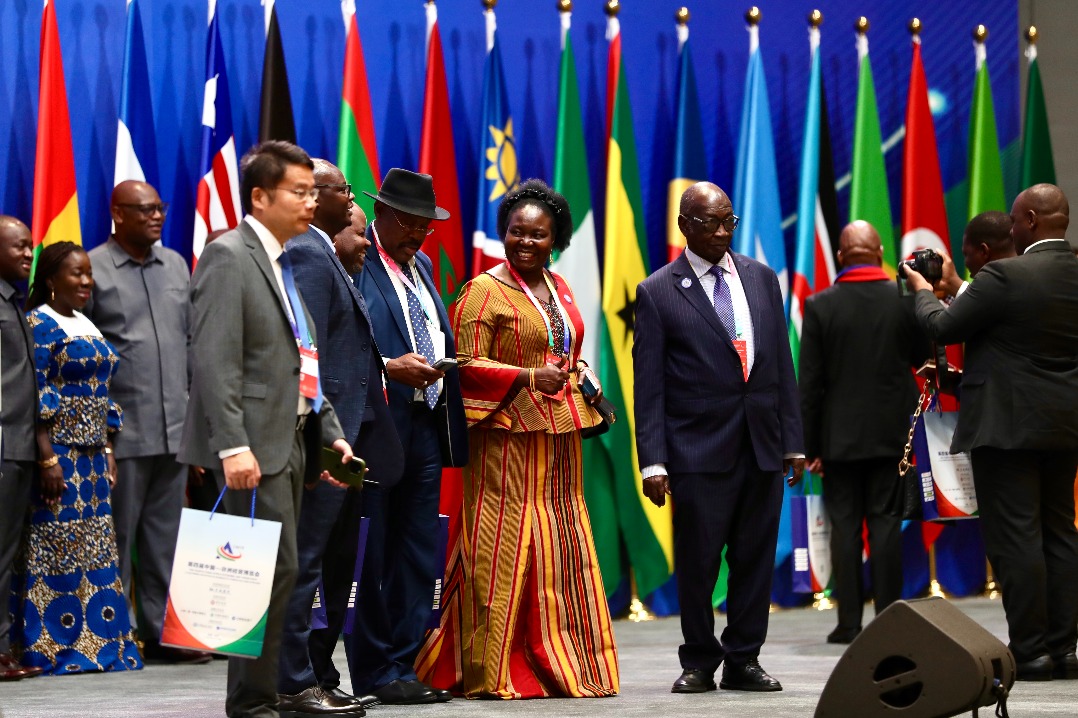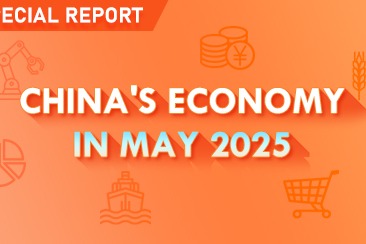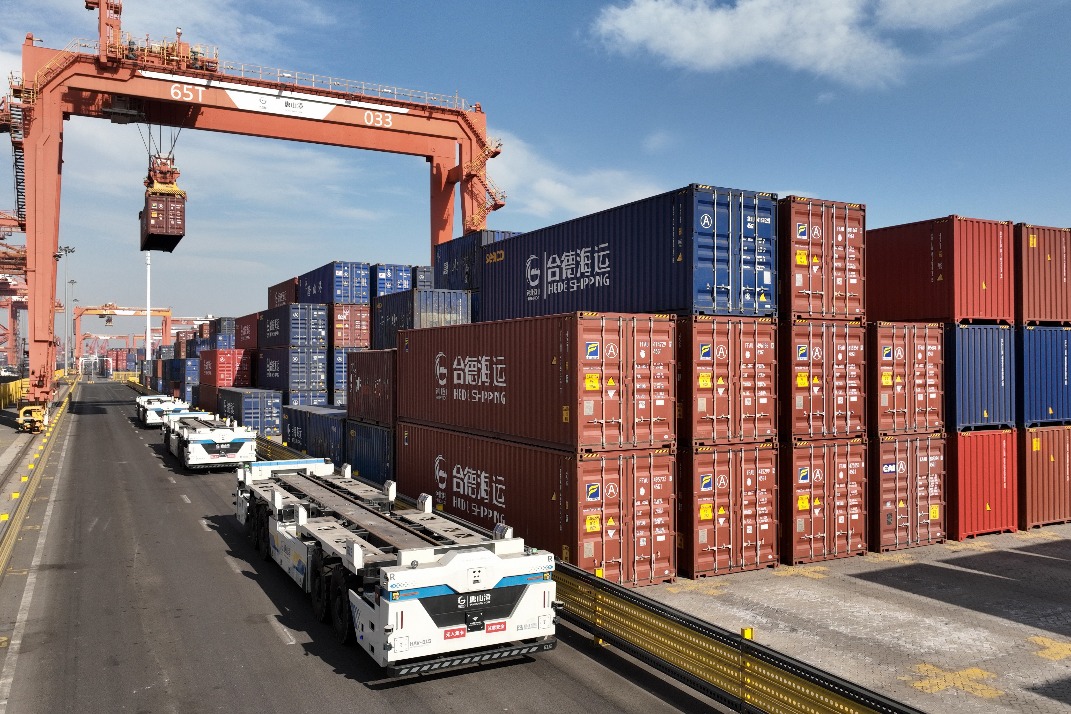Foreign pharma firms upbeat on China


Art Butcher, the company's executive vice-president and president for Asia-Pacific, cited "broad-based recovery across all of its business units" in China, which experienced speedy economic recovery following the pandemic and the consequent bounce-back of procedural volumes.
"The strategic importance of China cannot be overstated," he said. "China is incredibly important to our regional and global strategy. I fully anticipate that China will be the largest single business unit outside of the United States."
He expects particular growth to materialize in areas like left atrial appendage closure devices, which are a therapy for stroke prevention, and its peripheral interventions business, with the launch of a drug-eluting stent technology.
The story of China outperforming other major markets in the 2020 playbook also holds true for Boehringer Ingelheim. The German pharmaceutical company, which produces human and animal medicines as well as biopharmaceuticals, recorded a 2020 sales surge of 20.5 percent year-on-year to be the growth engine for its 19.6 billion euro ($23.1 billion) global revenue pie.
Among them, animal healthcare products expanded over 50 percent thanks to booming needs for swine vaccines, whereas the human healthcare sector also registered 13 percent year-on-year growth with clinical trials bouncing back in hospitals.
"Looking ahead, we do believe that we have ample opportunities that the Chinese market offers to us and we are very committed to contributing and harnessing these opportunities," said Hubertus von Baumbach, chairman of the board of managing directors.
While the 9.35 billion yuan ($1.43 billion) in sales to China last year accounted for around 6 percent of Boehringer Ingelheim's overall revenue, Felix Gutsche, China chairman and CEO, remained rosy about the growth trajectory bolstered by macro policies such as the dual-circulation development pattern.
"I think it gives a very clear direction to where China is heading to," he said. "We have a lot of assets here to support the domestic cycle… at the same time, we bring innovation from other parts of the world to China."
Indeed, executives pointed to a series of plans and directives in China that point to stronger business growth.
The country has issued a grand plan called Healthy China 2030, charting the course for healthcare development in the coming decade.
The recently-released 14th Five-Year Plan, which laid the blueprint for China's development for the next five years, includes a number of healthcare-related policy focuses such as optimizing balanced quality medical resources, promoting tiered diagnosis system and developing high-end medical devices and the proliferation of remote medical care.
Staudinger considers healthcare to be "a very core element" of the 14th Five-Year Plan (2021-25), which is also the "strategic infrastructure "for China and constitutes the source of optimism in the country.
"For instance, this multitiered healthcare system the country is pushing forward is really at the core of delivering high-quality healthcare to the people, and it's also an opportunity for us," she said, referring to the need for imaging equipment like X-ray machines and blood testing equipment.
"We are here to deliver four missions-expand precision medicine, transform care delivery, improve patient experience and digitalize healthcare," said Wang Hao, president of Siemens Healthineers China.
For instance, the company is using 5G-equipped vehicles installing CT scanners to tap into populations living in China's remote regions where medical resources are relatively scarce.
For Boston Scientific, the common thread running the business playbook is the focus on expanding access to medical care and improving quality.
"So our focuses are on expanding access to care and improving quality of care, which I think is very much aligned with what the Chinese government has outlined as the China healthcare policy," Butcher said.
It is also training its sights on physician education as part of efforts to improve quality, and last year's online push through webinars and digital courses, reaching more than half a million healthcare providers, opened up "a whole new chapter for us", he added.
"So we figured out new ways of training remotely, so that we can accelerate procedural growth. And then ultimately, all of that ties back to expanding access to care and quality of care, which ties exactly to the two sessions' (China's annual top legislator and political consultative meetings) goals," he said.
Gone are the days when multinational companies regarded China only as a source of raw materials or research.
Instead, they are now flocking to enter into partnerships with Chinese peers, not just for product customization to meet unique local needs, but also to include Chinese perspectives and wisdom from the very beginning of product design.
Making global offerings relevant for key markets in China is one approach for local tie-ups for Siemens Healthineers. After all, 30 to 40 percent of all revenue the company created is based on products that are no older than three years, and that's inseparable with deepened tie-ups in China. But the company is definitely "taking things to the next level", Staudinger said.
"We will discuss with Chinese players what our global platform would be like, what the products or the basis of the works would be," she said. "We are beginning to ask here in China because we believe there's a lot of insights here that we need to capture in order to do this."
She cited an example of collaborating with the Chinese Academy of Sciences in Beijing and Fudan University in Shanghai on a pipeline project related to brain research. Another group of stakeholders in similar tie-ups include leading Chinese hospitals.
Staudinger saw China's dual-circulation development pattern a positive note to enterprises operating in the country.
"I don't perceive it as something only protecting local players," she said, adding that the company sources largely 80 percent of products or parts in products locally.
"I think it makes a lot of sense to strengthen the domestic circle as much as the international one, because that will be a strong combination, not only for China, but allows China to be tied in to the global value chains," said Gutsche from Boehringer Ingelheim.




































